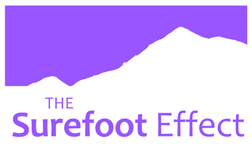|
The European project "Breakthrough for Resilience: People, Places, and Communities" came to an end in August after 3 exciting years with our partners in Greece, Italy, and Sweden.
The partners met in Stirling for the last time. They had the chance to have a short taste of Scotland and know the work of The Surefoot Effect, the coordinator in this Erasmus+ project. In these 3 years, the project has researched 90 resilience tools and has delivered 12 workshops, 3 in each partner country for individual resilience, community resilience, and place resilience, and nature conservancy. You can access all these materials at the project platform: www.resilienceproject.eu For testimonies and experiences of participants of our workshops and interviews with key resilience speakers, please see the videos that the project team has created. Also Surefoot's Breakthrough for Resilience Project page gives you more background. If you live in the UK and want to visit a rainforest, you don’t have to catch a flight to find one. Scotland is home to its own Atlantic rainforest. “The west of Scotland is home to one of the most important remaining rainforest sites in Europe, with its rich diversity of species making it internationally important.” Rainforest action, Scottish Government. Last year, the Scottish Government decided to support the restoration and expansion of the rainforest and is engaging with the Alliance for Scotland’s Rainforests. Like most natural habitats these forests are also in need of protection. Nitrogen pollution, exotic conifer plantation and other factors put pressure on the habitat including its plants and animals. Facing a climate emergency, the government also acknowledges the importance of forest and woodland capabilities to absorb more than 6 million tonnes of CO2 every year. This is equivalent to almost 10% of Scotland’s gross greenhouse gas emissions, states the Minister for Environment and Land Reform, Mairi McAllan in the Scottish Governments Rainforest Action. Furthermore, Mairi McAllan says: “As world leaders commit to end deforestation by 2030, we are planting 80% of the UK’s trees and making bold commitments like this to protect and enhance Scotland’s own temperate rainforest. “Our ambitions do not stop there. We have increased our new woodland creation targets from 12,000 hectares a year to 18,000 hectares by 2024/5. By then, we will be planting 36 million new trees every year in Scotland.” Photo: Inversnaid. Every action counts - also outside the rainforest At Surefoot we welcome the initiative and are looking forward to seeing the outcome of the plans. There’s certainly a need to support the natural world, high biodiversity and areas with tree cover to prevent temperatures rising - in short to take care of the living beings and resources we have on the planet. In other areas - including in our daily life - there are several ways to reduce CO2 emissions and aim for Net Zero. If you would like to know how your organisation can reach Net Zero, check out Surefoot’s Net Zero for Teams or get in touch with us. Scottish Renewable’s Energy consumption by sector points to building heating as the highest energy consumption in Scotland which causes a large amount of CO2 emissions, so improved energy efficiency in buildings is critical. If you are involved in a community building, you can apply for free help from HeatHack and Surefoot. Read more here: Energy Efficiency in Community Buildings. When we reuse, repair, recycle and rethink ways of handling our personal resources, we are also supporting the Planet’s capacity, natural habitats and resources. We recently ran a workshop in partnership with Transition Stirling to show how being creative (in this case with reuse) can build both individual and community resilience. For more about building resilience for your community, please see our Resilience workshops which have been informed by both our recent Erasmus+ Breakthrough for Resilience Project and National Lottery funding for a previous project. Text and photo by Gazelle Buchholtz, Surefoot associate.
SAT 20 AUG, 11am-4pm Drop-in to the Transition Stirling ReUse Hub and learn about how being creative helps build resilience in free crafting sessions. Surefoot's Erasmus + 3 year adult education project, Breakthrough for Resilience, has helped us learn a lot about building resilience. One of the themes that became very obvious was that working creatively, individually or in groups, is key to our well-being and therefore key to building our resilience as individuals and communities. So what better place to hold our final event than the Transition Stirling ReUse Hub where community comes together to reuse creatively? During the day, there will be several makers on hand to help you explore a craft technique using materials that would otherwise have been discarded. And, we will be sharing the insights gained on this project about building individual, community and place-based resilience. So please drop in to find out more and to reuse creatively, building both your resilience and that of the community. Register here to help us gauge numbers and have enough refreshments. Find out more and book your place >> Surefoot associate Euri Vidal is working with Abrazo House on a project entitled “Biodiversity Outdoor Learning.” On a recent visit to the Laurisilva forest on the island of Madeira, the eerie forest and the ancient trees showed a picture of the resilience of nature, a resilience in which people may also find inspiration. Laurisilva typifies a previously widespread laurel forest, a gem of the past, which covered much of Southern Europe 15-40 million years ago. The cover in Madeira is the largest surviving area of laurel forest, and it is believed to be 90% primary forest. The forest contains a unique ecosystem of plants and animals, including many endemic species such as the Madeiran long-toed pigeon, and it is for this reason that the forest is a UNESCO protected site. Not only does the forest have a unique biodiversity value, it is also visually compelling. Many of the trees contort, twist, and grow in inexplicable ways and have stood there for thousands of years.
Winds in Madeira are notorious to the extent that pilots need a special training to land on this rocky, mostly solitary island that is seven hundred miles off the coast of Portugal and that rises almost 6,000 feet into the sky. Looking at the trees in this eerie landscape, one can see how the wind has tried to uproot the trees, push them down, and make sure they don’t grow much, possibly for hundreds of years. But you can hear them whisper “This is not over yet.” The trees have managed to withstand the challenge, their roots stubbornly stuck in the ground. Some trees grow horizontally to better cope with the gusts. Or roots have grown wide and deep in case some parts of the root system became weak and died away. You almost see the trees smirking, laughing at the elements, telling the wind, “Come and get me. If you can…” I can’t think of a better way to think of resilience. Determination wins all. When hardship comes your way, be a laurisilva tree. Please see the work Surefoot is currently doing with resilience on Resilience Workshops and Breakthrough for Resilience. The workshop 'Anchoring Communities and Organisations in Resilience,' part of the Erasmus+ project Breakthrough for Resilience: People, Places and Communities, took place in February 2022.
Surefoot led participants in the use of six community resilience tools:
Participants actively engaged with the tools and identified ways they might help in their own communities. Some of the feedback given by participants: "I hope to use Pro Action Cafe with group setting up community garden." "I'll share the Sociocracy ideas this very week with a community led activity centre in a disadvantaged neighbourhood nearby." "Sociocracy sounds like an interesting alternative to consensus decision-taking, and well worth trying out. Time banking is a simple idea that I may try with church community." Our next step is to to record testimonies of people using resilience tools and create a series of short videos. If you want to help us out by doing a short interview about your journey of resilience, let us know! Please get in touch with Euri via [email protected] If you are interested in knowing more about our resilience workshops, please contact us on [email protected]. The project Breakthrough for Resilience is co funded by the Erasmus+ programme. Saturday morning, after a night scattered with awakeness I’m trying to fall back to sleep. It’s not happening. Instead, one thought meshes into another, and in no time I’m back on the worn track, “What am I doing wrong in my life?” Mentally and physically, I keep aiming for healthy ways to tackle challenges and to maintain an openminded and accommodating approach. But even though I’m fortunate to work in a field supporting environmentally friendly living, I surprise myself by occasional grumpiness when encountering bumps in daily life. They all add up into a draining pile of complaining feelings of not fitting into the big scheme where planning, executing and reaching goals run at a speedy pace. Above all this hovers a fundamental question, “Why can’t I crack the code to fix my issues, get rid of feeling inadequate and overwhelmed and take action in full speed?” Finally, I find a stick to poke into my self-propelled thoughts. Not yet out of bed I let the mind drift out in nature and take a wander in the inner landscape. How would nature deal with my questions? A mighty, old oak appears. I admire the thick bark on the wide trunk, and my gaze moves up at the gnarled branches where I spot only a few acorns and notable distance between the leaves. I would never kick and yell at the tree to produce more acorns, more leaves and more energy. Instead, I admire the strong survivor standing before me. The size of the trunk signals a life spent through countless years, including wartimes and the formation of urban settings. Today, the old oak deals with pollution which the nearby road drags along. In the landscape transformation since it was a tiny sprout, it must have lost many surrounding individuals in the forest which once was. But the oak still upholds life. No matter how big or small a portion of oxygen it produces, it goes to the pool of breathable air. With age it has grown deep furrows which host insects and is a snack bar for birds. In the treetops birds and squirrels run their families, and below in the ground roots are connected to other species in a web of life. With gentleness I will look at fellow beings and myself as we were oaks. Appreciating whatever actions we are capable to carry out must be a keystone for this earthly journey. May the oak be with you. At Surefoot we run activities with space for people to explore and share emotions, motivations and behaviours. With positive changes for people and communities we aim to move towards a sustainable future. See more about how Surefoot can support you. By Gazelle Buchholtz, Surefoot Associate The Allerton Oak in Calderstones Park in Liverpool. The tree is estimated to be around 1,000 years old.
Our first workshops of the year is about fostering resilience for a flourishing life, community, and the places where we live and enjoy.
You might already have experienced our resilience building workshops during 2021. Whether you have already participated or not, you are most welcome to join the next pair of workshops in February. The workshops are free but please sign up via Eventbrite: Anchoring Communities and Organisations in Resilience in February. At the workshop we will work with resilience tools as: - Compass of Resilience - Time Banking - Community Land Trust The workshops are part of the project Breakthrough for Resilience: People, Places and Communities. In September, we held two sessions of our workshop 'Creativity Builds Resilience'. These are part of the adult education project Breakthrough for Resilience: People, Places and Communities. The sessions were designed by our Greek partner, the 'Greek Society for Social Psychology and Psychriatry', which together with organisations in Italy and Sweden make up the consortium. 'Creativity Builds Resilience' showcases tools which use the creative arts to help build individual resilience such as 'name your feelings', the drawing of mandala and street art as a resilience tool, 'dealing with criticism' or listening to baroque music. After the workshop, comments included: "Balance of sharing, explanations, and practice was excellent", and "Thank you for cultivating a safe, trusted space in such a short time. I’m so thankful also that you were able to make this accessible in the way you have." Please contact us if you are interested in these workshops for your organisation. Street art by Tom Bob. In the workshop we looked into how street art can be liberating and bring resilience.  The project is co funded by the Erasmus+ programme. Join us to experience and learn how to use a selection of Resilience of Place tools the 22nd and 29th of November.
The workshops are part of our series of Erasmus+ funded resilience workshops, following on from our 'Creativity Builds Resilience' workshops where one participant told us: "The workshop was very helpful and inspiring. I've never experienced an online workshop in this moving way before. Connecting and exchanging with others in the breakout rooms and getting to apply the techniques together and to try them out instantly was very rewarding." In the two connected workshops, participants will learn about resilience tools for communities: - Landscape reading - Restoration - Transformation - Conservation & visualisation - Fairytales We promise fun and relaxing sessions to support resilience for you and your community. You can sign up for these free sessions here. Please feel free to pass this on to anyone who may be interested and let us know if this is something we can run for a group or organisation. As we go into the summer months, the three Erasmus+ projects Surefoot participate in have continued to progress smoothly. In Breakthrough for Resilience, the four partners completed an 'individual resilience' workshop led by the Greek partner, the Society of Social Psychiatry. Partners explored 6 resilience methodologies that included 'let's draw', 'name your feelings', and 'the sunbeam of resilience' resilience' and plan to share these widely. Shortly after, and with an initial target of 8 participants, our Italian partner VolTo held two sessions of the individual resilience workshop in Italy for a total of 46 people. VolTo and Sweden-based Mobilizing Expertise are jointly preparing the next phase of activities, the ‘place and nature conservancy resilience’ workshops which will begin taking place in the partner countries in the autumn.  Partners of the project Sustainability, Heritage, and Health have now designed the main structure of the three walking routes that each of the four organisations will offer to participants. Recently, the National Agency praised the project team for catching up with scheduled project activities despite a 7-month initial delay due to Covid19 and other issues outside the control of the partnership. Those participating will learn about heritage sites in the four participating countries and sustainability issues at a time when international travel is limited and there is a need to spend time outdoors close to home. There is an emphasis on health by encouraging exercise and mindfulness. The routes will take participants through the streets of Edinburgh, Athens, Vilnius and Bilbao and coastal and rural enclaves in the UK, Greece, Lithuania and Spain such as the coasts of Fife in Scotland, Greek islands, the Baltic coast or the lush forests of Cantabria in the north of Spain.  The team of ‘Once Upon Your Time: storytelling for preventing early school leaving’ have completed the research of methodologies that use storytelling for personal development and to increase mental health in children and teenagers. The Surefoot Effect has covered methodologies that include the use of books in a library, writing in nature, superheroes and a card game with "dark themes" that have led children to write stories ranging from personal experience to topics such as dark holes and the slave trade that would have usually not grabbed their attention. The next phase of the project will see the creation of an advocate document for teachers in the participating countries to use these methodologies in the classroom with children and teenagers.  The three projects are co funded by the Erasmus+ programme. A few updates on the three Erasmus+ projects. Breakthrough for Resilience The project Breakthrough for Resilience has passed its half-way milestone recently. Partners have collected resilience tools in three aspects: people, places and communities, held a pilot workshop in November 2020, and the Society of Social Psychiatry and Mental Health based in Greece has run three further pilot workshops. Our partners will deliver 3 workshops during 2021, each dedicated to one of the three main aspects of the project. Please join us for our Creativity Builds Resilience workshop in June. Sustainability, Heritage, Health In the project Sustainability, Heritage, Health we have together with partners from Greece, Spain and Lithuania started planning the first routes which will explore heritage in the four participating countries and make connections to environmental issues. On one of the routes, in Athens, you can stroll along marble streets that are thousands of years old to learn about Poseidon, god of the seas, and the current state of the world’s oceans, pollution, how millions of people depend on the oceans for livelihoods, and the ways we have to protect them. On one of the routes in Scotland, you can learn about the visionary thinkers and how the country has become a leader in the transition to a more sustainable future.  Once Upon Your Time In the project Once Upon Your Time for schools, we and partners in Iceland, Spain and Slovenia are researching storytelling methodologies. The goal is to adapt these methodologies and work with children aged 11-16 in schools in the four participating countries. More info to follow as the projects progress.  The three projects are co funded by the Erasmus+ programme. We benefit from varied landscapes with space for myriads of species - each living with a role to play. Being engrossed in such a rich environment can be both soothing and stimulating. Likewise, the International Conference on Ecolinguistics in April was a life-giving boost. The three days were packed with knowledge sharing on tackling real-world issues equipped with Ecolinguistics which is a term describing the connection between environment and language in a broad sense - Eco-language. The wide range of experiences based on activism, art, campaigning, education, research and studies on ways of expression, underlined that through these activities we can strengthen the life-sustaining interactions for all the beings on the planet and the planet itself. Ecolinguistics can support humans to connect with other-than-human nature.
Pam and Gazelle from Surefoot both delivered workshops. 'Using the tools of Nature to Breakthrough for Resilience' was one of the workshops, and is rooted in one of our European projects - a new element in the Eco-language tool box. Interested in knowing more? 1) Free online course Stories we Live by about Ecolinguistics. The course is funded by the University of Gloucestershire for public benefit. 2) Check out what Surefoot offers to equip people, communities and organisations with skills for sustainability and resilience. It was a day of joy and creativity when Pam and Euri from Surefoot ran a pilot workshop to test and showcase tools we have found in research across the 3 aspects: people, communities and places. It was thrilling to witness how people had fun when opening up their creativity, and how this was a portal to build resilience. The main tools covered in the workshop were:
1. Resilience Compass, 2. Wheel of Life, 3. Mandala making, 4. Tree Visualisation, 5. Let’s Draw and 6. Restoration and re-evaluation - Cascina Bert, nature conservation. The participants fed back that the tools are useful for introspective journeying and to understand what is good and healthy for people and society. They also thought the tools will be useful in the economic and social context for mapping, making changes and importantly making sense of our “new normal." Read about the tools and the project's organisations in the report: Breakthrough for Resilience - pilot workshop. |
�
AboutHere’s a collection of some of our articles which have been in our newsletters or published elsewhere.
Archives
May 2024
|
Sign up TO SUREFOOT NEWS >>The Surefoot Effect equips people, communities and organisations with skills for sustainability and resilience.
|
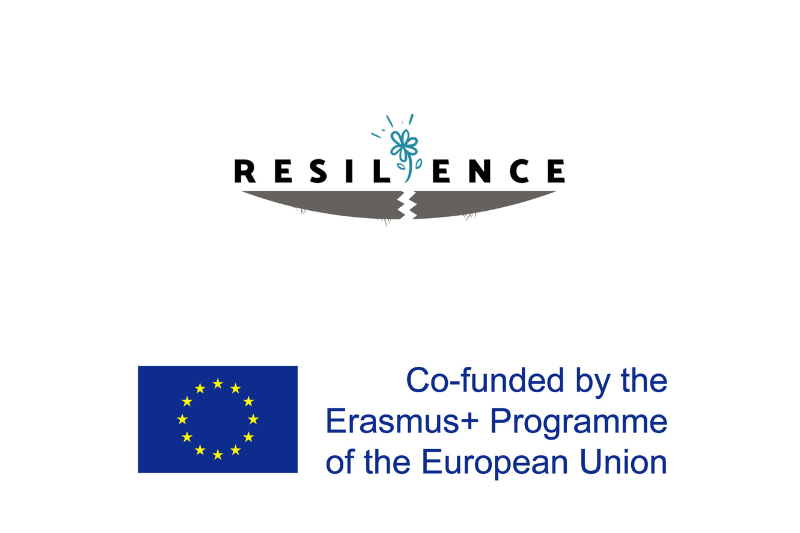
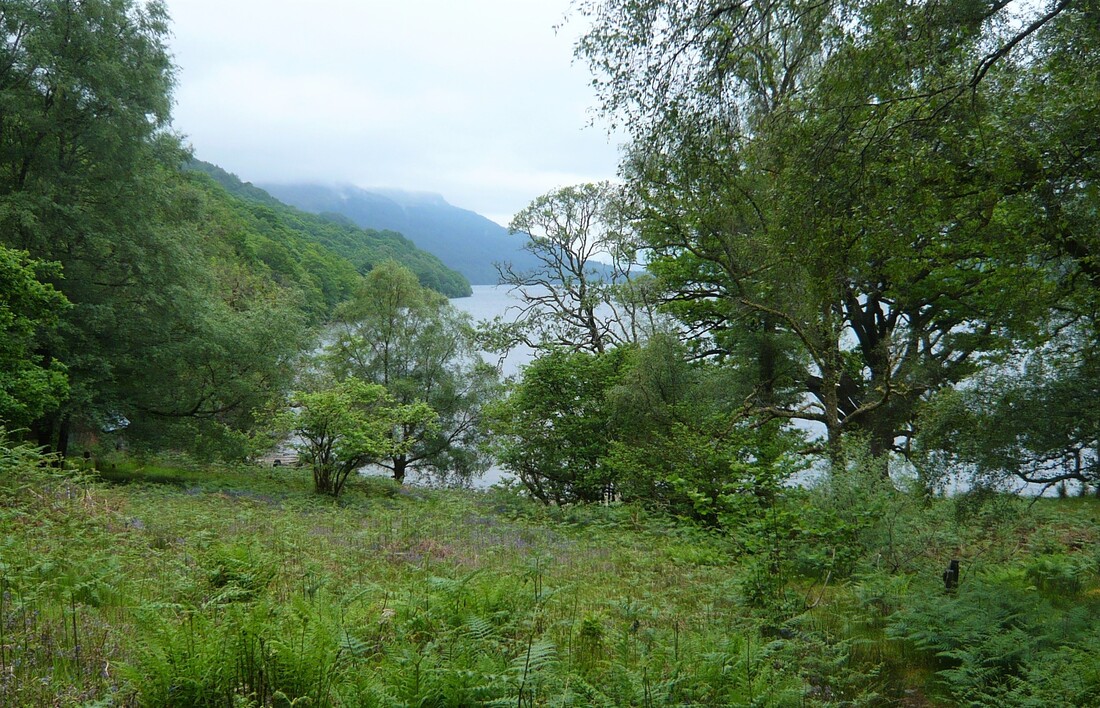

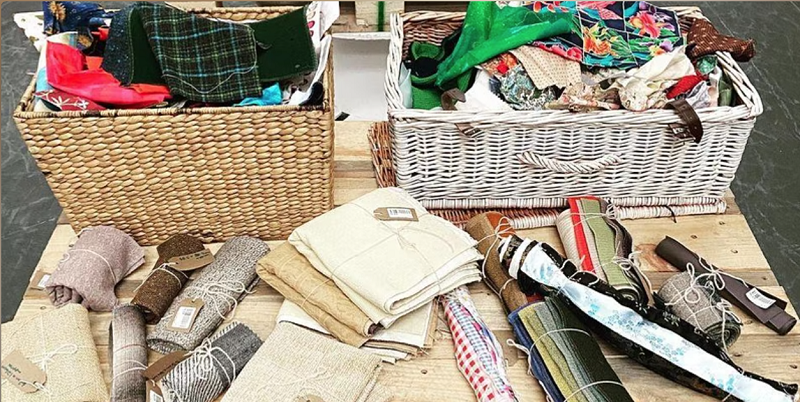
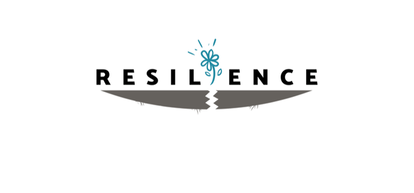

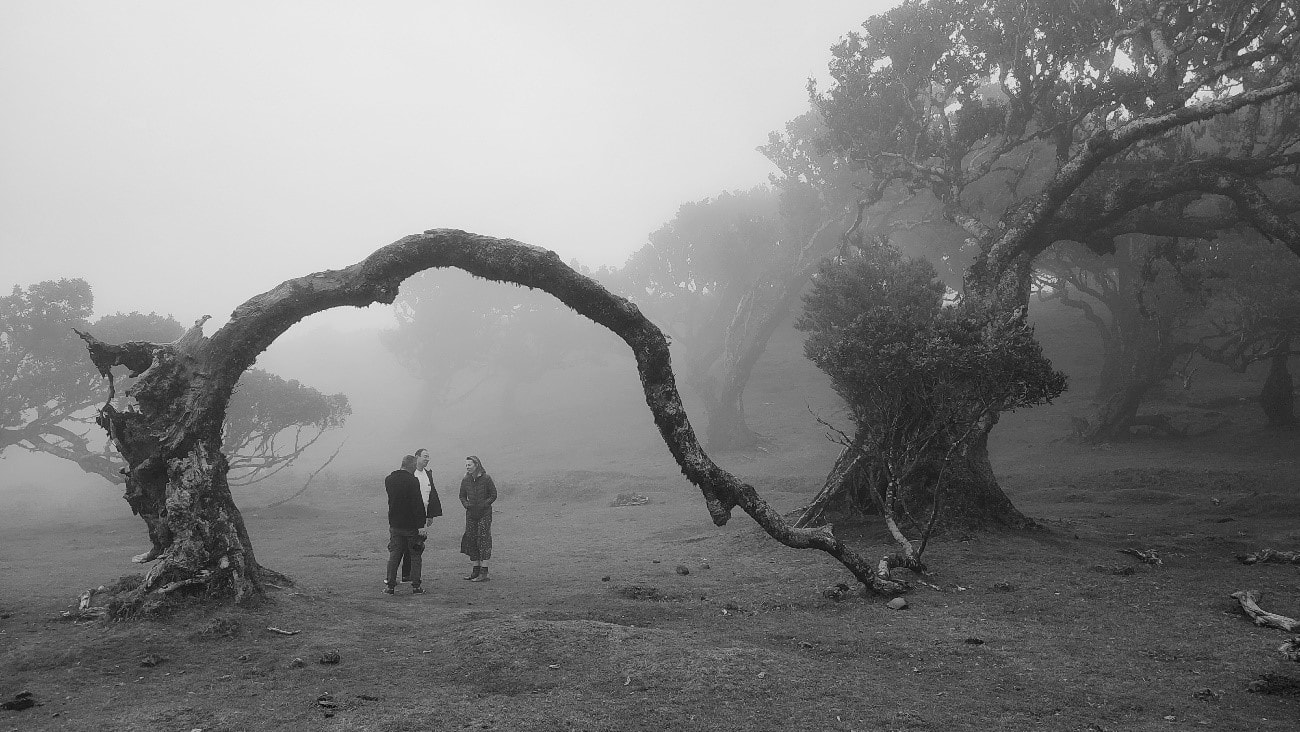
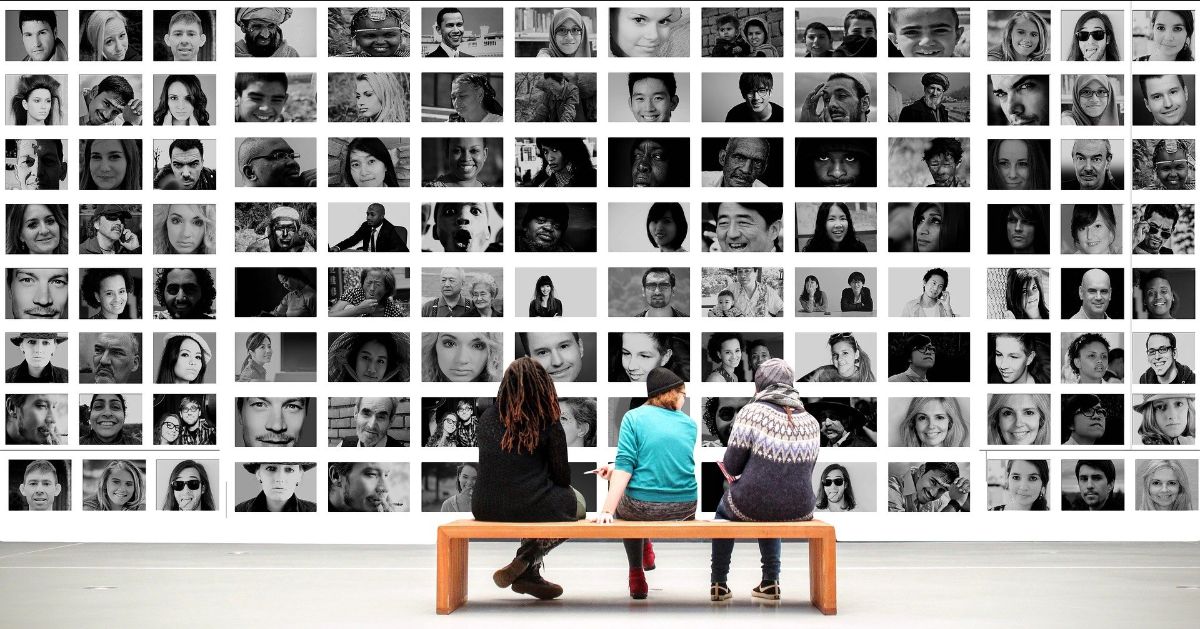
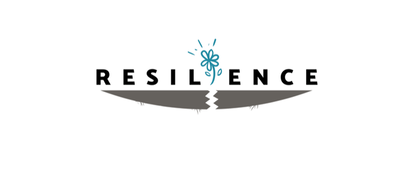

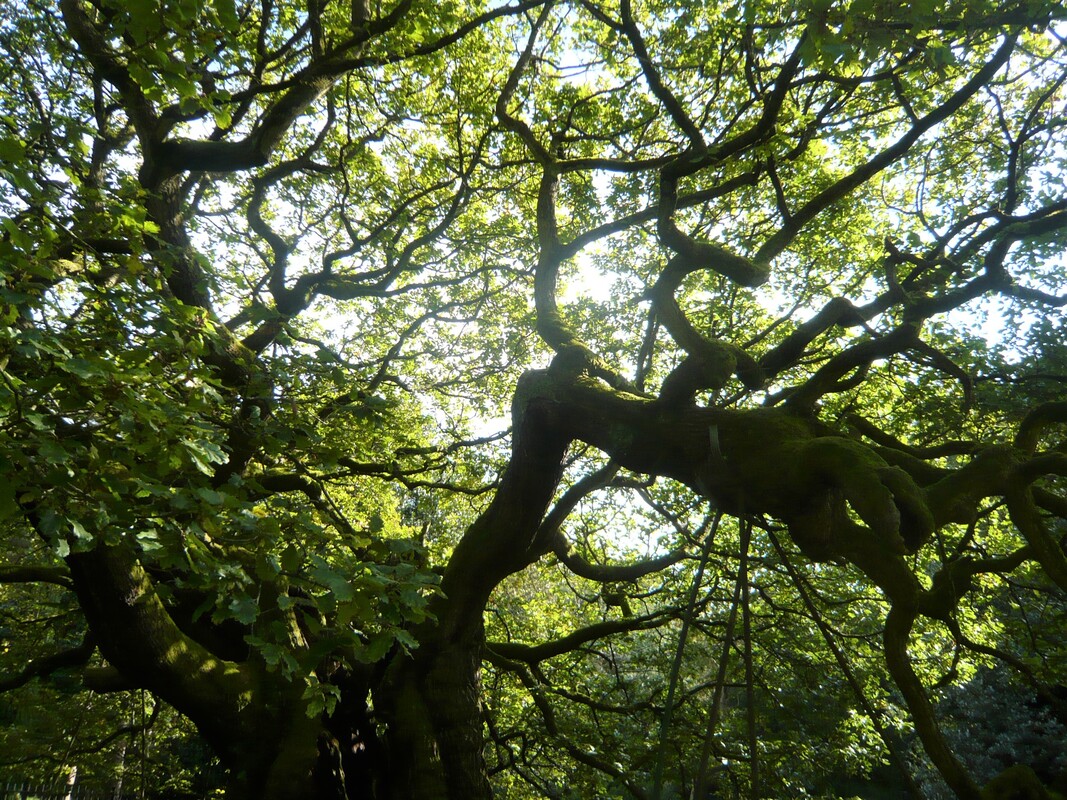
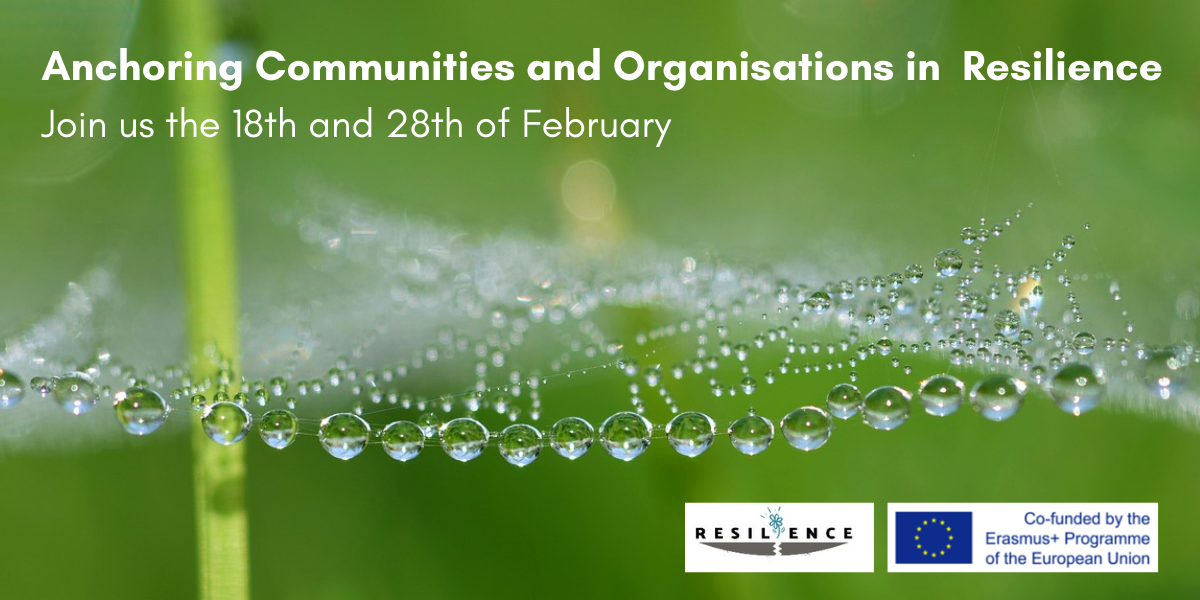
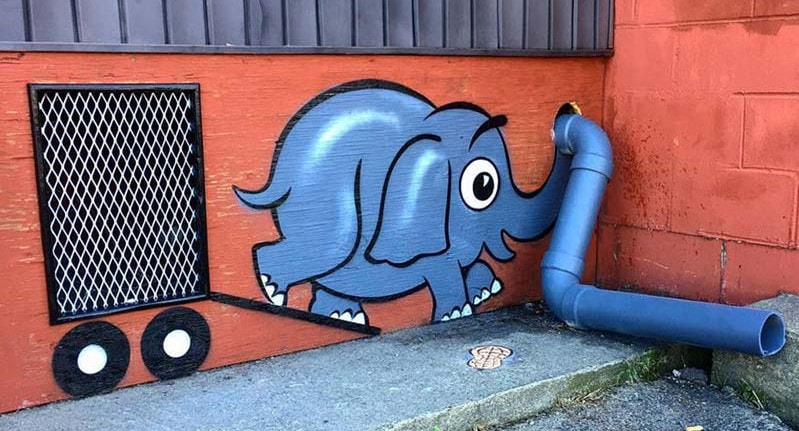
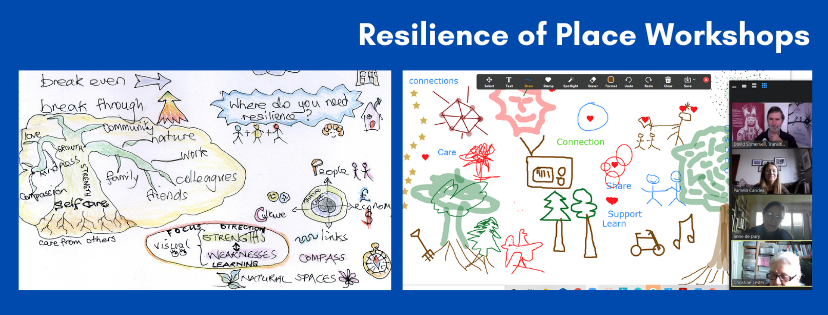
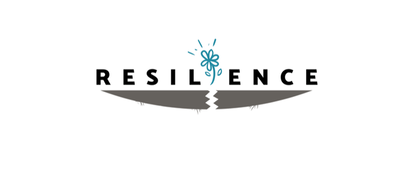
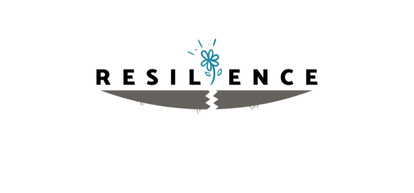

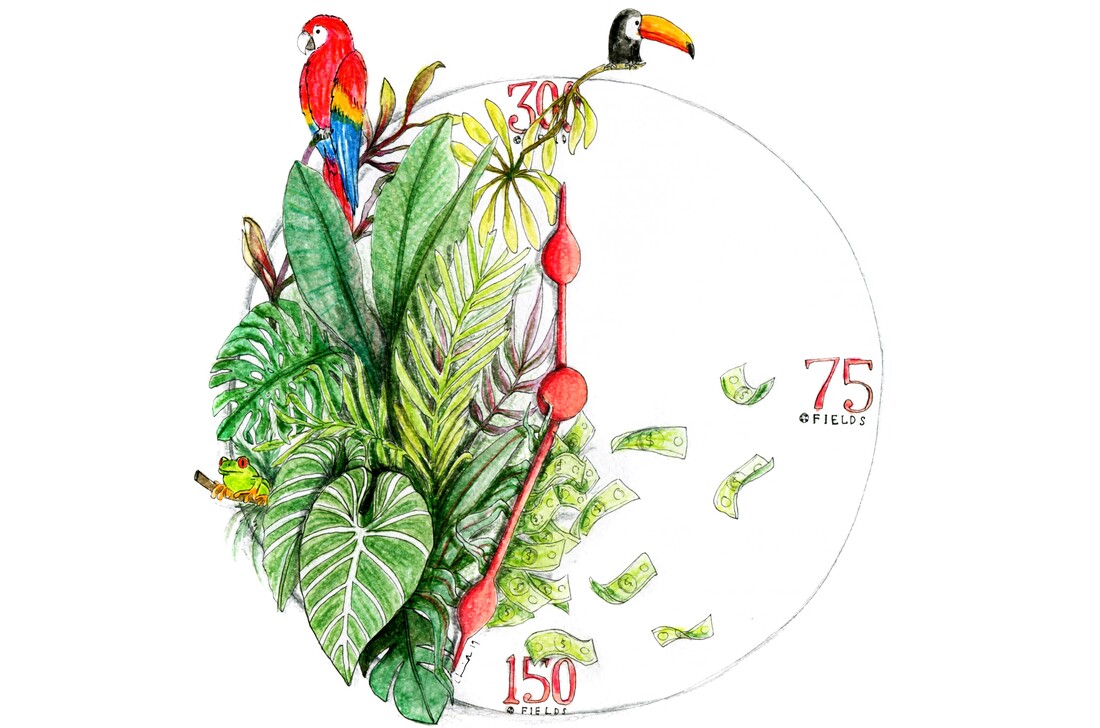

 RSS Feed
RSS Feed
